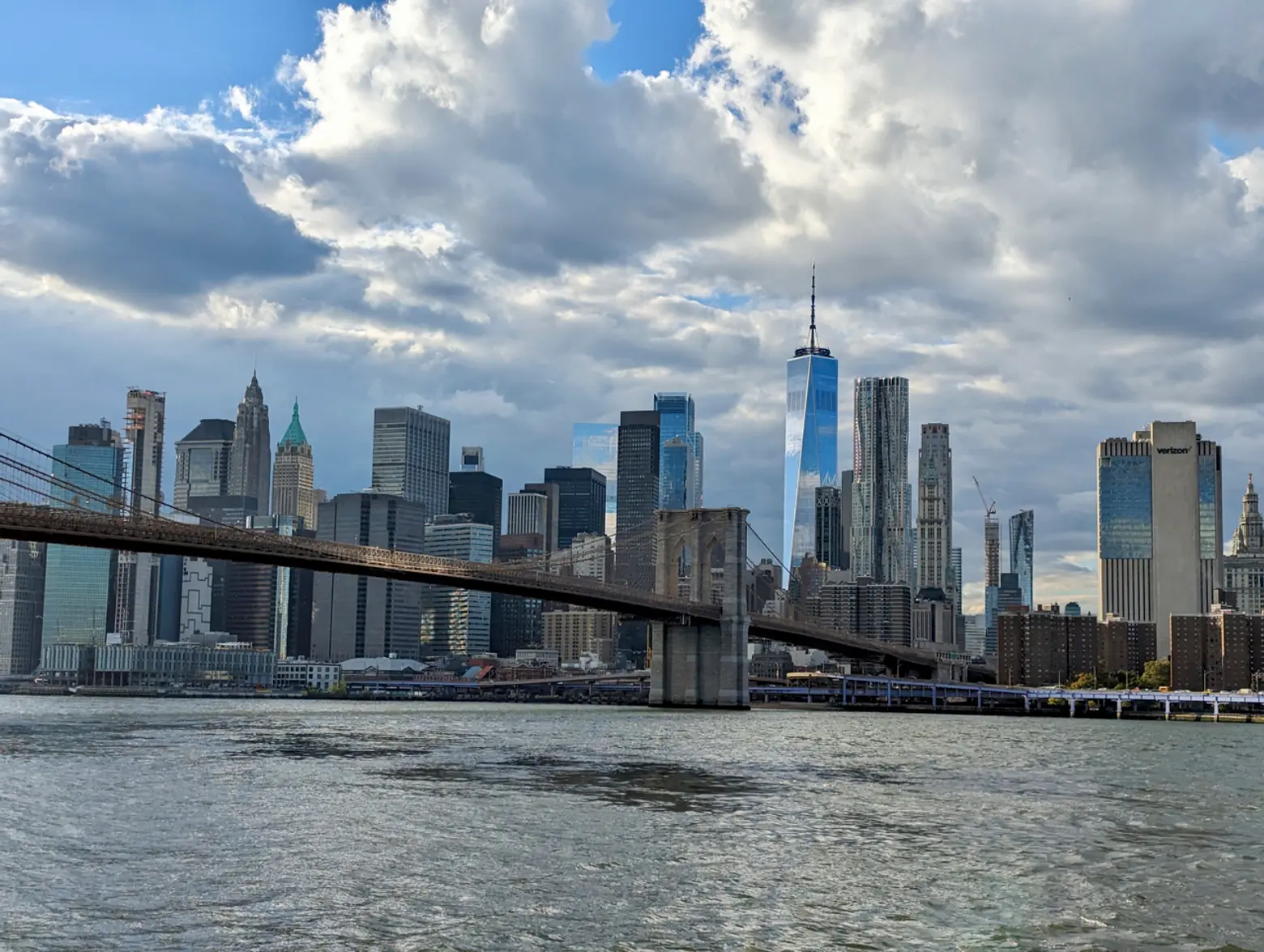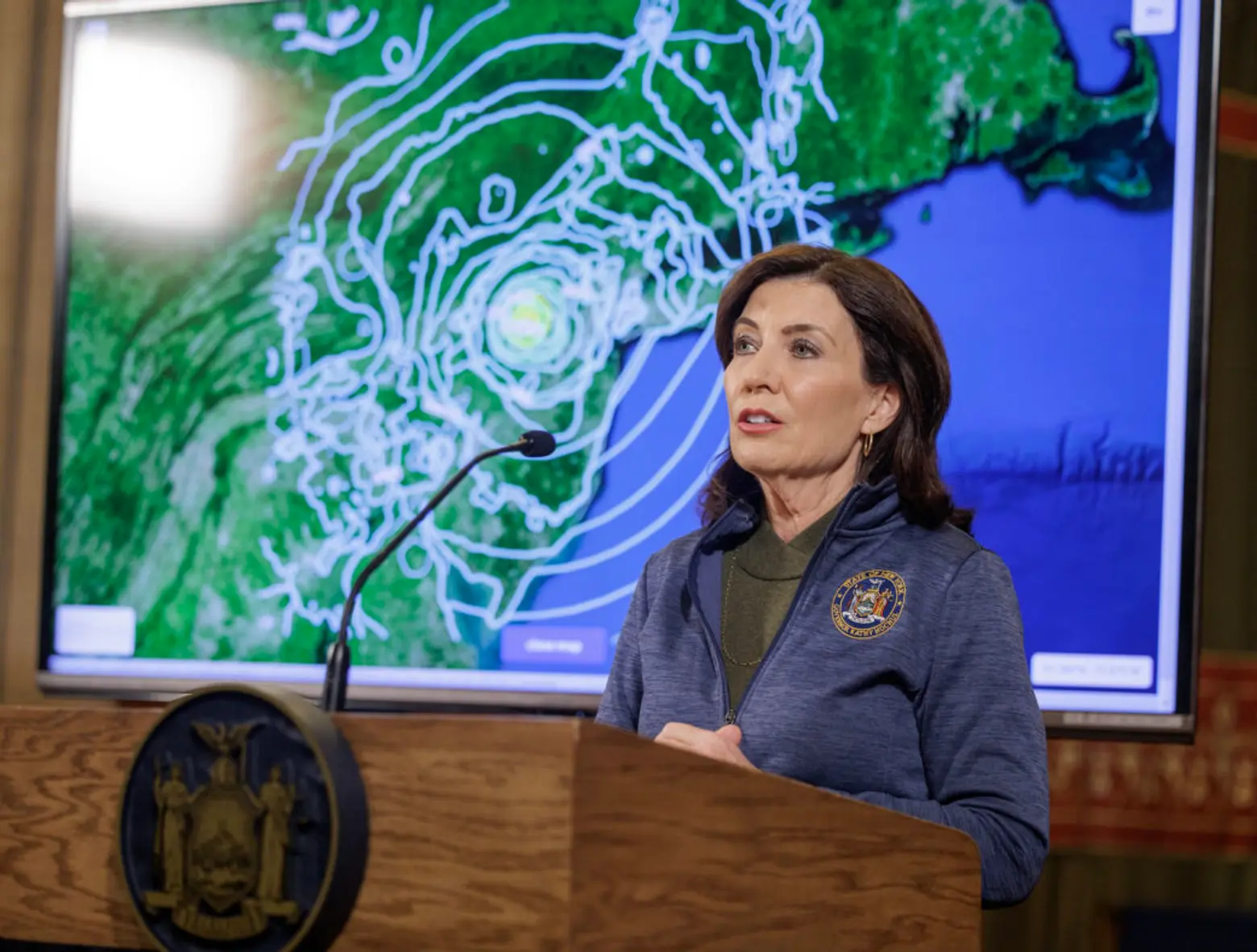

No, it wasn’t merely the rumbling of a subway train or a nearby construction site. At roughly 10:23 a.m. on Friday, New York City experienced a 4.8 magnitude earthquake, marking the largest quake felt across the five boroughs in 140 years, since a 5 magnitude quake shook the city in 1884. The U.S. Geological Survey (USGS) identified the epicenter in northern New Jersey, about 50 miles from the city. No major damage to infrastructure, injuries, or deaths have been reported so far, according to city and state officials.

“This is one of the largest earthquakes on the East Coast to occur in the last century. So, I immediately directed my emergency management team, the second we received word of this, to start doing damage assessments – any life in danger and finding out whether there’s any bridges or tunnels that are compromised,” Gov. Kathy Hochul said.
Mayor Eric Adams also hosted a briefing on Friday to discuss the earthquake.
“New Yorkers should go about their normal day,” the mayor said. “First responders are working to make sure the city is safe, and one thing we do so well in our city is bring together all of the agencies that are involved and our partners and other entities, everything from the MTA to the Department of Buildings.”
The quake likely occurred five kilometers below the ground along the Ramapo Fault Line, a fissure in the Earth’s surface that runs through northern New Jersey, according to The City.
Friday’s quake may also be the largest ever recorded in the region using seismographs. Although stronger earthquakes have happened in the past, they occurred before the invention of the seismograph, according to Gothamist.
While surely frightening, a 4.8 magnitude quake falls within a level of severity that happens more than half a million times across the globe each year. Typically, earthquakes measuring between 2.5 and 5.4 in magnitude are strong enough to be felt but generally only cause minor damage.
Several hours after the initial quake, the USGS reported a small aftershock a few miles southeast of the original epicenter.
According to Hochul, three more aftershocks hit the region, including a 1.8 magnitude at 12:31 p.m., a 2.0 magnitude at 1:14 p.m., and a 2.0 magnitude close to 3 p.m.
Earthquakes of this magnitude are uncommon in the northeast, but lower-magnitude quakes happen frequently and are not felt because they occur deeper in the Earth’s crust, John Mutter, a professor of Earth and environmental studies at Columbia University told Gothamist.
During an earthquake, the USGS recommends those indoors remain inside and move into a hallway or against an inside wall. If possible, get under a table and hold onto it. Additionally, individuals should move away from windows and fireplaces, as well as heavy, moveable objects like appliances. If you’re outdoors, you should get into an open area away from buildings, chimneys, or power lines.
If you hear any strange noises in your home or apartment or see any loose bricks or cracked and slanted walls, you should report the issue to 311. The city’s Department of Buildings will have extra staff on call this weekend.
RELATED:
Source link




